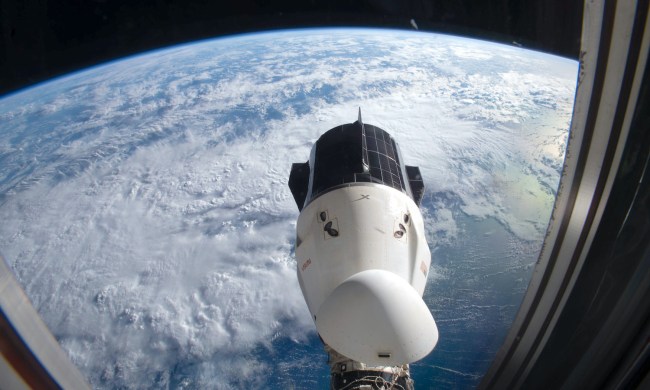
Wildlife biologists have spent decades developing technology to track animals and understand their behavior, but the current suite of tools are limited in what they can track. Short-range radio receivers are lightweight and comfortable for smaller animals to wear, but they require researchers to follow the animal carefully. Some of these small receivers don’t even transmit data, which means the researchers physically have to catch the animals to retrieve their data. On the other end of the spectrum are long-distance tags that can communicate with orbiting satellites. These tags can be monitored remotely, but they are slow to send tracking data and are expensive to operate.
To address both of these issues, Wiselski came up with the idea of a space-based global tracking system called ICARUS (International Cooperation for Animal Research Using Space). The idea was conceived while Wiselski was talking with well-known radio astronomer George Swenson about wildlife tracking during a trip to the Panama Canal.
“I said there must be a way to receive these small transmitters from all over the globe,” Wiselski told The Atlantic. “George said this is what we do all the time — build telescopes to look at small radio sources. We look up into the sky. You need to look at the ground.”
Wiselski and Swenson went to NASA and pitched the novel idea of using the International Space Station as a global observatory for radio-equipped animals. The proposal was initially not well received by the space agency, which grouped it along with such inconceivable projects as the space elevator. This early setback did not deter Wiselski, who received 20 million euros in funding from the German Aerospace Center and the Max Planck Society.
Under Wiselski’s leadership, the team built tiny radio tags capable of communicating with a receiver installed on the International Space Station. Each 5-gram tag includes a solar panel, GPS, and sensors to measure environmental parameters such as temperature, pressure, light intensity and more. Unlike similarly sized data loggers that store their data, Wiselski’s chips can transmit their data to the ISS and can even be reprogrammed from space.
The ICARUS project should kick into swing next year when the team’s receiver will be installed on the International Space Station. More than 40 research teams already are on board with the project and plan to use the technology to track animals such as bats, birds, and sea turtles. The data collected from these trackers will be shared publicly on the MoveBank website, a free online repository for animal tracking research information.



